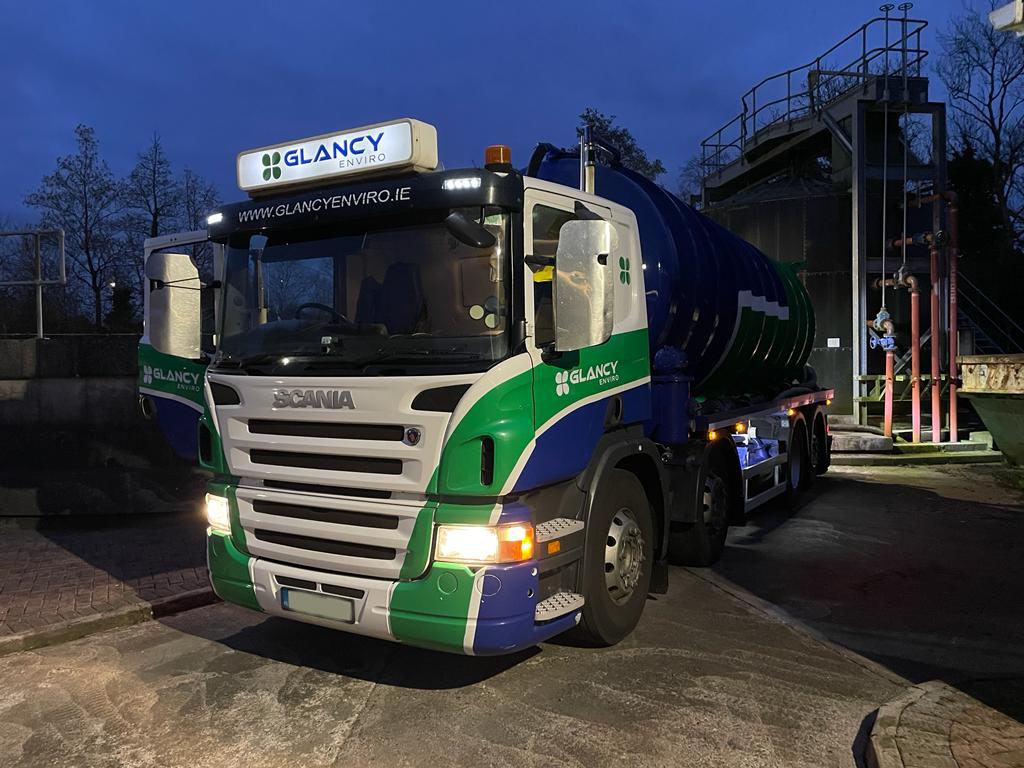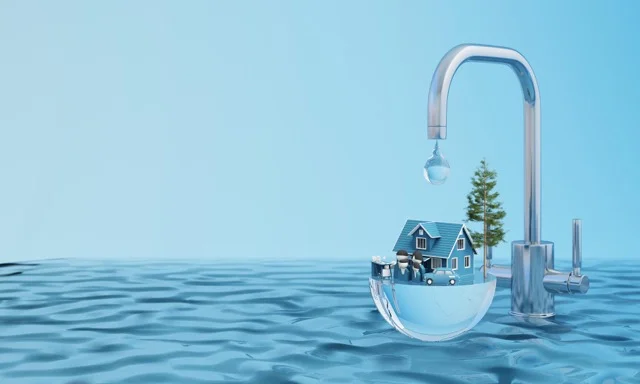Getting The Reclaim Waste To Work
The 6-Minute Rule for Reclaim Waste
Table of ContentsNot known Details About Reclaim Waste 3 Simple Techniques For Reclaim WasteGet This Report about Reclaim WasteAll About Reclaim WasteHow Reclaim Waste can Save You Time, Stress, and Money.
Domestic sewage waste refers to the waste and products from a property septic storage tank. The appropriate monitoring and disposal of residential sewer waste call for liquid waste to be moved to a sewer treatment plant where the appropriate techniques and equipment are used to purify and dispose of waste.
Industrial waste usually includes potential threats, such as combustible materials or a mixture of fluid and solid waste items, and calls for an advanced and in-depth disposal process. The disposal of business waste usually involves the filtering of waste before transport to make certain secure and appropriate disposal. Hazardous waste is created from results and runoff of commercial processes and manufacturing.
This kind of waste can not utilize the same sewer administration transportation or procedures as septic or business liquids. The commercial waste administration process needs the inspection and testing of liquid waste prior to it undertakes the disposal procedure (liquid waste removal). Runoff waste is the fluid waste that originates from overflow and excess stormwater in very booming locations or cities
Overflow waste can cause contamination and flooding if not taken care of effectively. Learn a lot more concerning sewer cleaning and waste monitoring. Making certain proper waste monitoring can prevent disasters and minimize environmental damage. Both people in residential setups and specialists in industrial or manufacturing markets can take advantage of recognizing the processes and regulations of fluid waste management.
Excitement About Reclaim Waste
Get in touch with PROS Solutions today to learn regarding our waste monitoring and disposal solutions and the proper means to care for the fluid waste you produce.
(https://www.intensedebate.com/people/reclaimwaste1)Do you know what happens to your water when you end, flush the commode or drain pipes the washing machine? No? Well, it deserves recognizing. This so-called 'wastewater' is not only an important source but, after treatment, will certainly be released to our land, waterways or the ocean. Used water from toilets, showers, baths, kitchen sinks, laundries and industrial processes is referred to as wastewater.

water utilized to cool down equipment or clean plant and devices). Stormwater, a form of wastewater, is runoff that flows from agricultural and urban locations such as roofings, parks, gardens, roads, paths and seamless gutters into stormwater drains pipes, after rainfall. Stormwater moves neglected directly to local creeks or rivers, eventually reaching the sea.
Excitement About Reclaim Waste
In Queensland, many wastewater is dealt with at sewage treatment plants. Wastewater is transferred from residential or commercial sites through a system of sewage systems and pump stations, known as sewerage reticulation, to a sewage therapy plant. City governments construct, maintain and run most sewer therapy plants. Operators are certified under the Environmental Protection Act 1994 to release cured wastewater at an acceptable ecological standard into waterways.
The Department of Natural Resources recommends city governments regarding handling, operating and keeping sewage systems and treatment plants. In unsewered areas, city governments may call for homeowners to set up private or home sewer treatment systems to treat residential wastewater from bathrooms, kitchen areas, shower rooms and laundries. The Department of Natural Resources authorizes the usage of household systems when they are proven to be reliable.
In some brand-new class, treatment of some stormwater to eliminate clutter, sand and crushed rock has actually begun utilizing gross pollutant traps. Wastewater therapy happens in 4 phases: Eliminates solid issue.
Wastewater then moves into big containers where solids work out and are eliminated as sludge. Oil and residue are skimmed from the surface. Utilizes tiny living microorganisms called micro-organisms to break down and get rid of staying liquified wastes and great particles. Micro-organisms and wastes are included in the sludge. Removes nitrogen and phosphorus nutrients that could create algal blossoms in our rivers and threaten aquatic life.
The Reclaim Waste Ideas
Nutrient removal is not available at all sewage therapy plants since it calls for expensive specialised tools. It is coming to be more usual in Queensland. Clear fluid effluent generated after therapy may still include disease-causing micro-organisms. If this effluent is released right into rivers such as rivers or the sea, the micro-organisms will ultimately die out.

The majority of wastewater streams right into the sewage system. Under the Act, local federal governments provide approvals and permits for environmentally pertinent activities (Periods) involving wastewater launches that might have a regional influence.
How Reclaim Waste can Save You Time, Stress, and Money.
Surveillance gives valid details about water quality and can confirm that permit problems are being fulfilled. The details gotten via surveillance gives the basis for making water top quality choices.